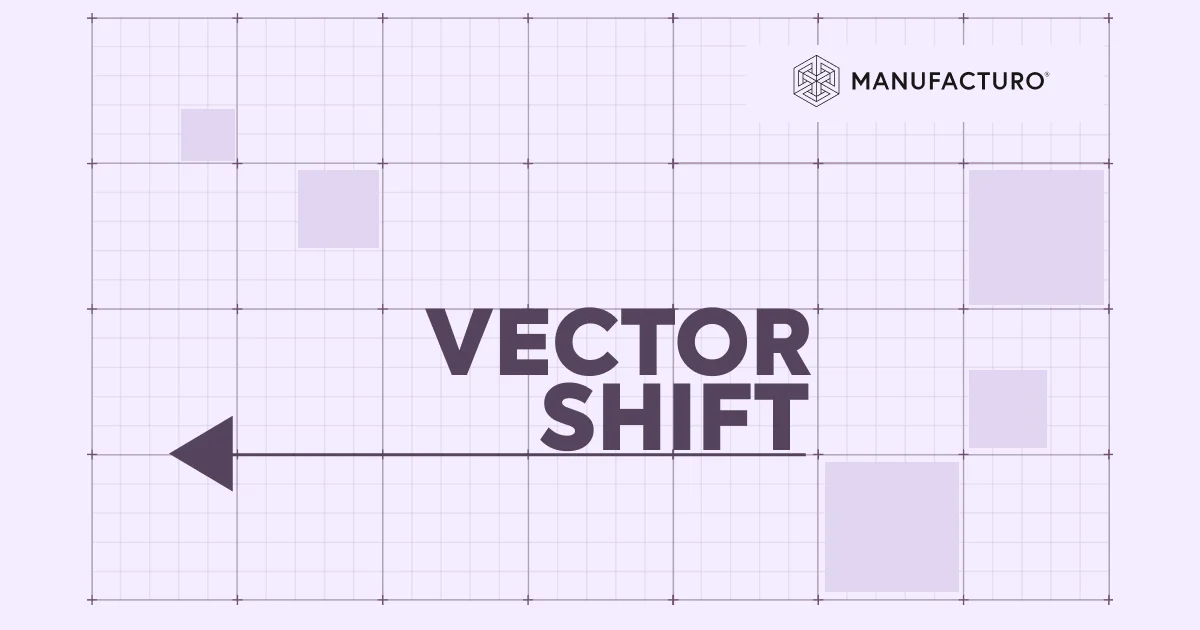
What is Vector Shift?
Vector Shift is a timely insight series from Manufacturo, offering sharp, data-backed takes on the trends, risks, and opportunities shaping high-complexity manufacturing. From aerospace to automation, each edition breaks down what matters—so you can act with confidence.
Can Your MES Pass the One-Hour Test?
With today’s labor shortages and rising turnover, manufacturers are asking more of their technicians than ever before — cross-training across processes, shifting roles, and onboarding quickly. But there’s one thing holding many teams back: overly complex shop floor systems.
If your MES takes more than one hour to learn, it’s not just a minor inconvenience. It’s a sign that your software may be silently undercutting your productivity, labor utilization, and data quality.
Today’s Workforce Can’t Wait for Clunky Software
The reality on the shop floor today is a diverse mix of experienced technicians and newer hires — often with very different skill sets and learning styles. Cross-training is common. Tribal knowledge is harder to depend on. And the faster a technician can get up to speed, the faster you can protect throughput and quality.
But if your MES system is built around complicated menus, multi-screen workflows, or unclear terminology, it doesn’t matter how powerful the backend is. The user experience is broken.
The One-Hour Rule
Use this as your benchmark:
Can a new technician learn to execute work and record data in your MES system within one hour?
If not, you’re likely losing time on multiple fronts — both in the form of delayed effectiveness and through the hidden cost of pulling experienced operators off-line to train others.
Even worse, if the software isn’t intuitive, you’re likely missing critical data altogether. Bad UX leads to bad inputs. And bad inputs lead to noisy reports, unreliable traceability, and frustrating audits.
A Story from the Shop Floor
I once had a customer tell me that their shop floor system was “very easy to use.” He claimed new technicians could be trained in fifteen minutes.
So, I asked him to walk me through it. Thirty minutes later, we were still clicking through menus, searching for screens, and trying to locate where certain steps were recorded. It became clear: the system wasn’t intuitive — it was just being ignored. Technicians weren’t inputting data because it took too long and got in the way of actual work.
That’s the real risk. When usability is poor, adoption drops, and operators start working around the system instead of with it.
The Cost of Inefficiency Isn’t Inevitable
It’s easy to think of clunky software as the cost of doing business — but it doesn’t have to be. MES systems that are purpose-built for high-mix, high-regulation manufacturing environments can deliver the functionality you need without burdening the user.

Can I learn this system in an hour?
If the answer is no, it might be time for a change.
